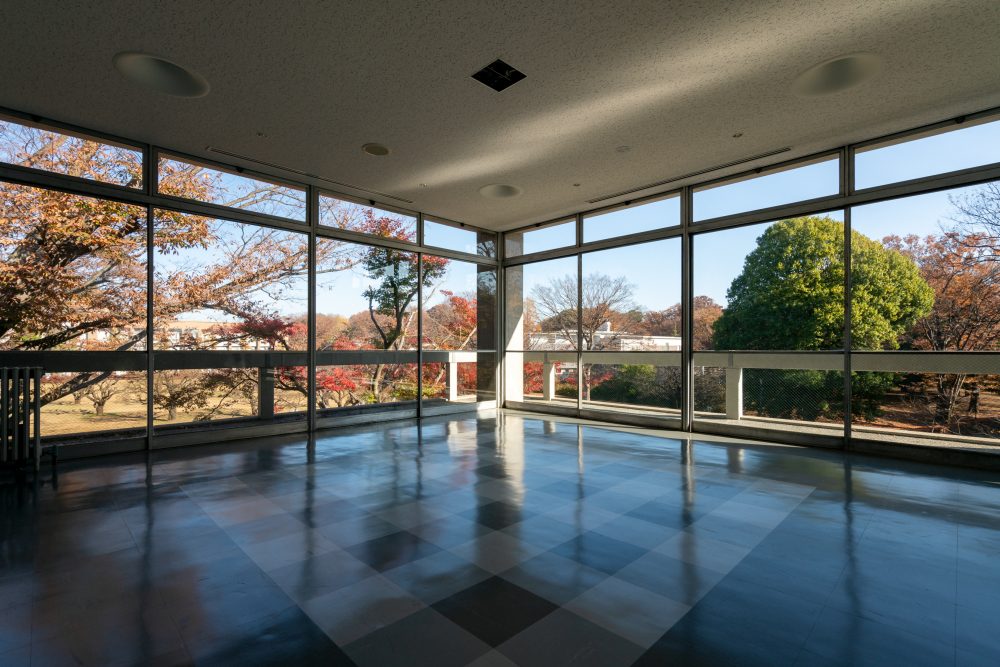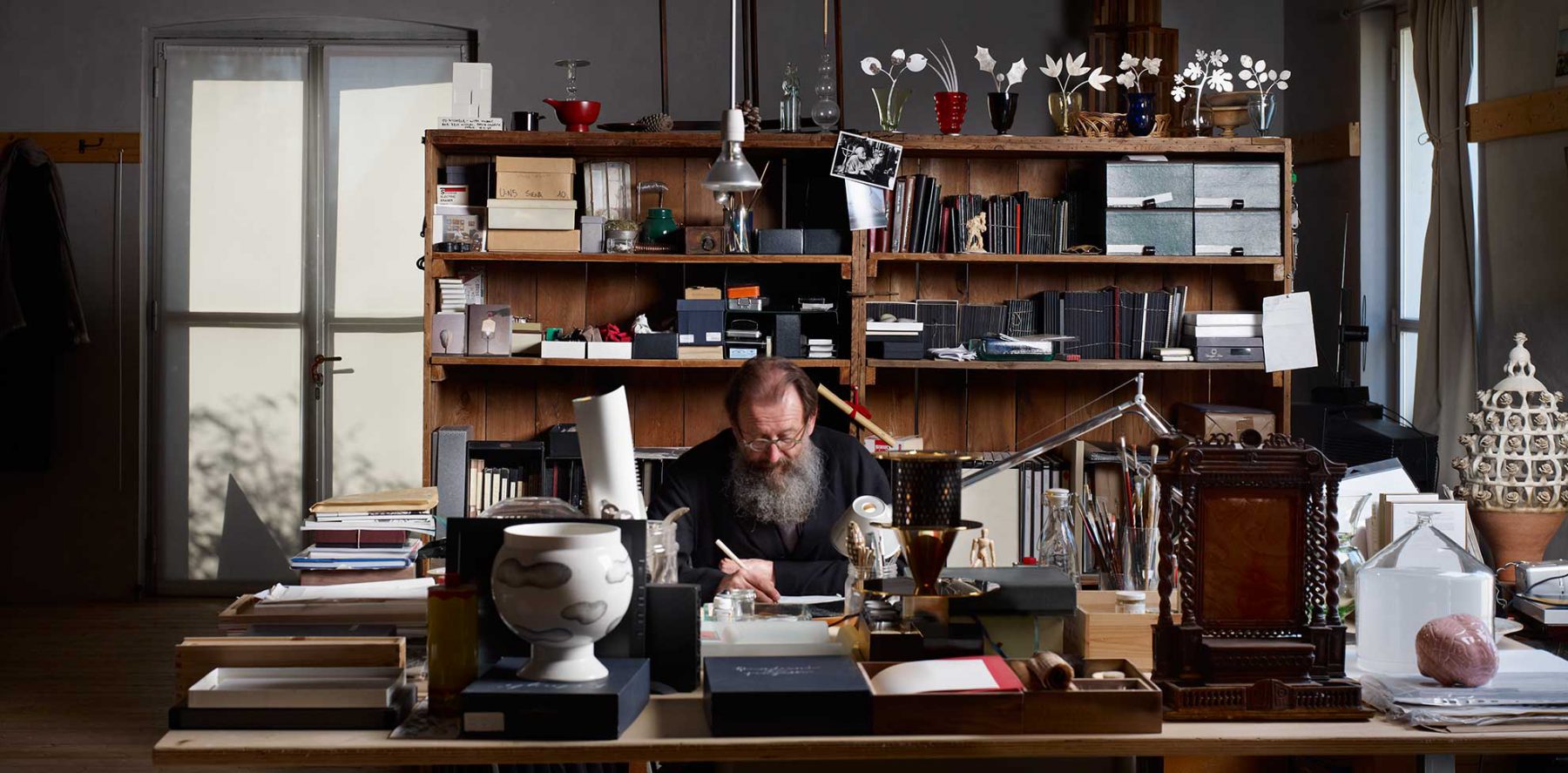
Opening the Window and Greeting the World
03 Aug 2016
- Keywords
- Architecture
- Design
- Interviews
“Windows are the most important element in architecture” says Michele De Lucchi, one of the most renowned architects / designers in Italy. He worked as a prominent figure in “Memphis” led by Ettore Sottsass, a group that produced a number of unique and playful furniture and products. In early 1980s, he established his studio, aMDL, and has been working on numerous architectural projects such as Pavilion Zero at Expo Milano 2015, until today. Window Research Institute had an exclusive interview with him in his studio in Milan.
1. From Spoons to Architecture
As Italian architects, we generally produce two kinds of products—one is renovations and one is new buildings. Our office does both. We have done a number of renovations. These are very interesting to deal with history, to understand what is meaningful and what can be taken away. That which is historically important is much more complicated, because it is more time consuming and costs more resources to renovate a building than to build a new building. We have done a number of new buildings, but even the new buildings we try to design for multi-functional activities so the building is meaningful. We do not want to design many residential buildings or office buildings just for people to use.
-
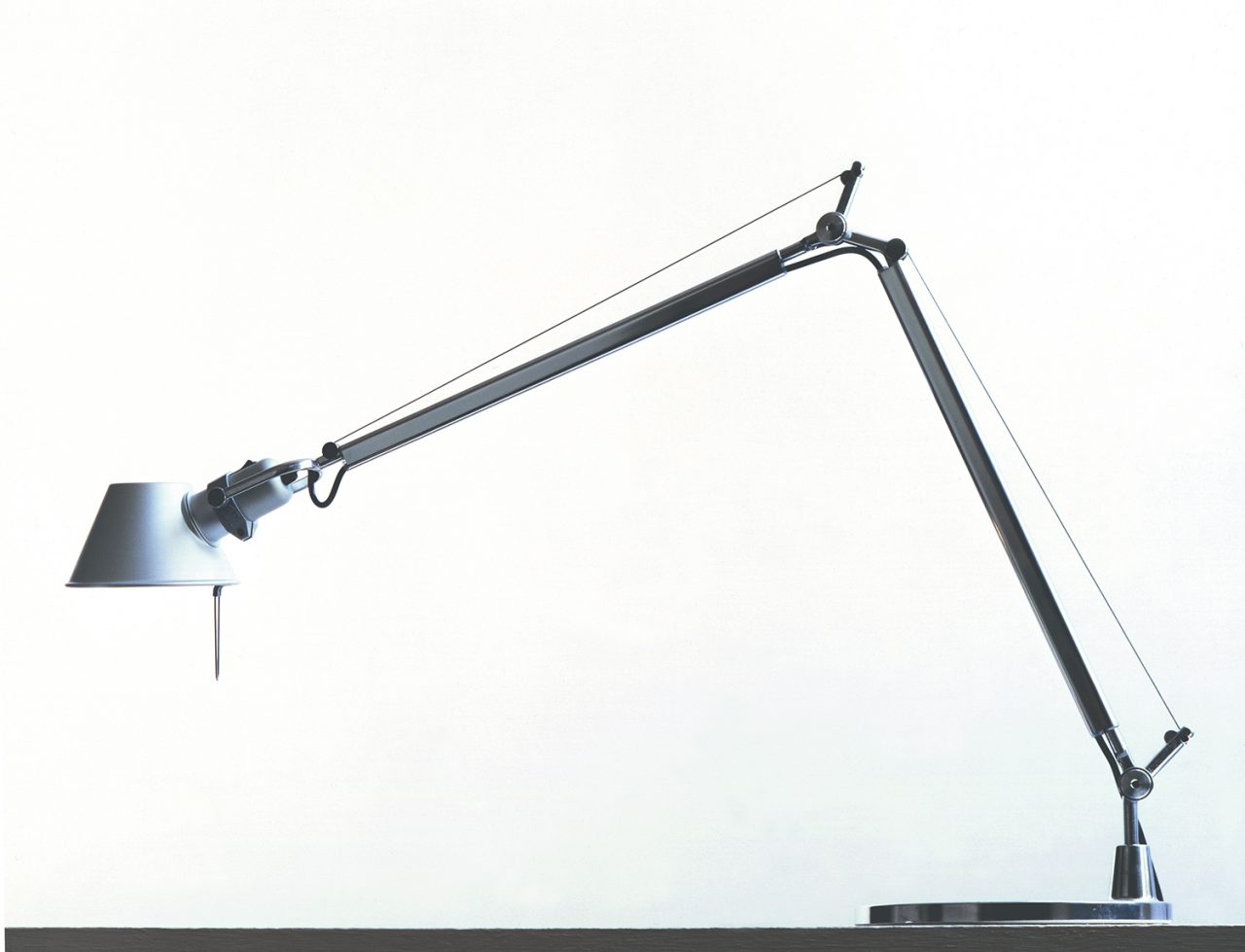
Michele De Lucchi, with Giancarlo Fassina, Tolomeo Lamp, Artemide, 1987 Ph. Luca Tamburlini
-
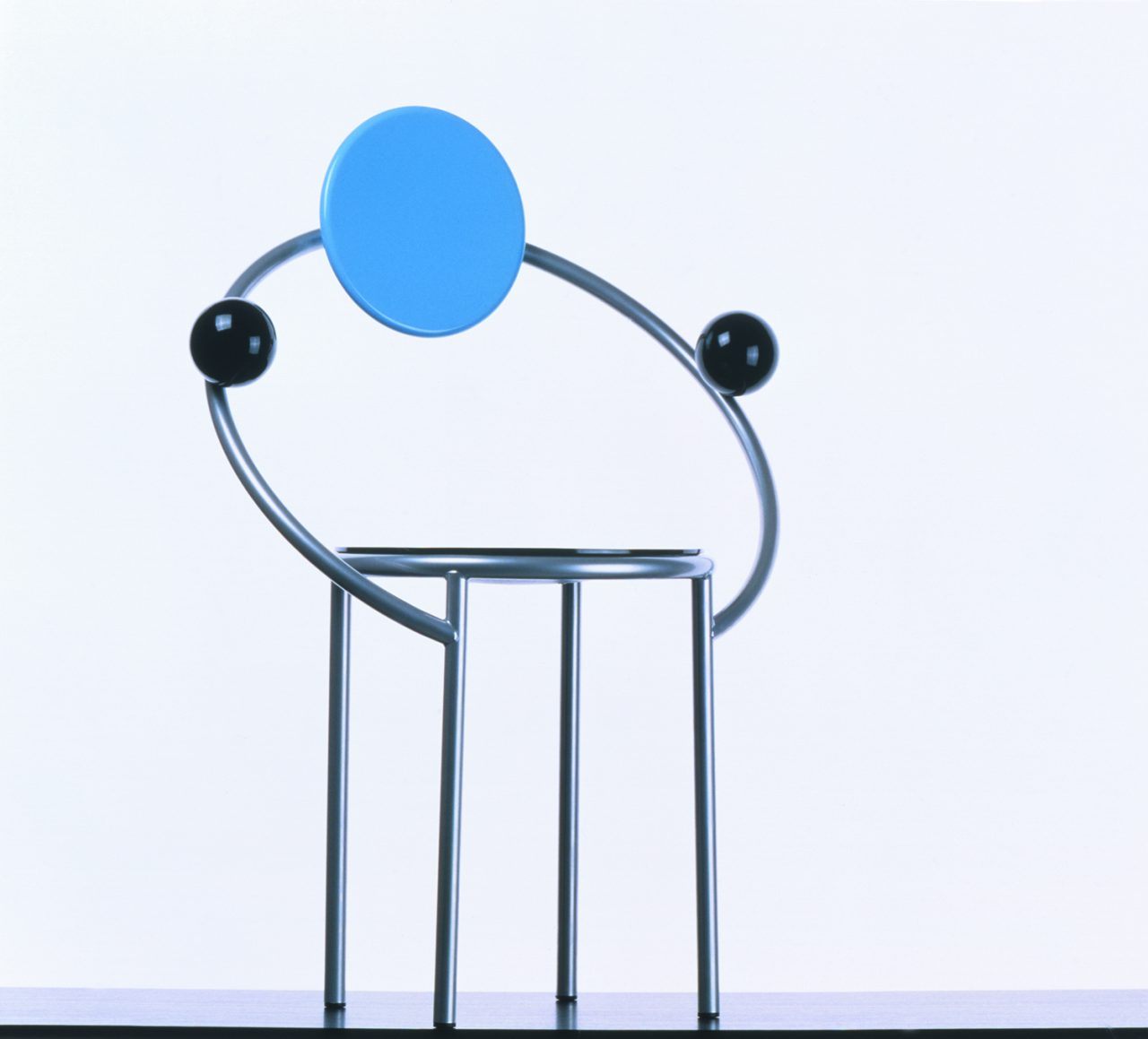
Michele De Lucchi, Sedia First, Memphis, Italy, 1983 Ph. Luca Tamburlini
And I personally do some product designing. To design objects—a chair or a table—you do not need a team, or you need only a very limited team. The problem is to work in simplicity and to make the simplicity meaningful—that is difficult. It is much more difficult to design a new fork, spoon or knife than to design a building.
2. A Chapel with Only One Window. Looking out, You See a Cross in the Meadow.
There are windows that cut a part of the wall and windows that become the wall—so designing windows is very much part of the architecture and not independent. At least in our case, every time that we design or renovate a building, we design the windows in a way that they fit for the building and they follow the same character, the same format from its philosophy, and as much as possible in a way that can refer to the time in which the building was built. Obviously, windows today are not simple windows like back in the past—they are very sophisticated objects for maintaining temperature, acoustics, for sun protection, etc.
-
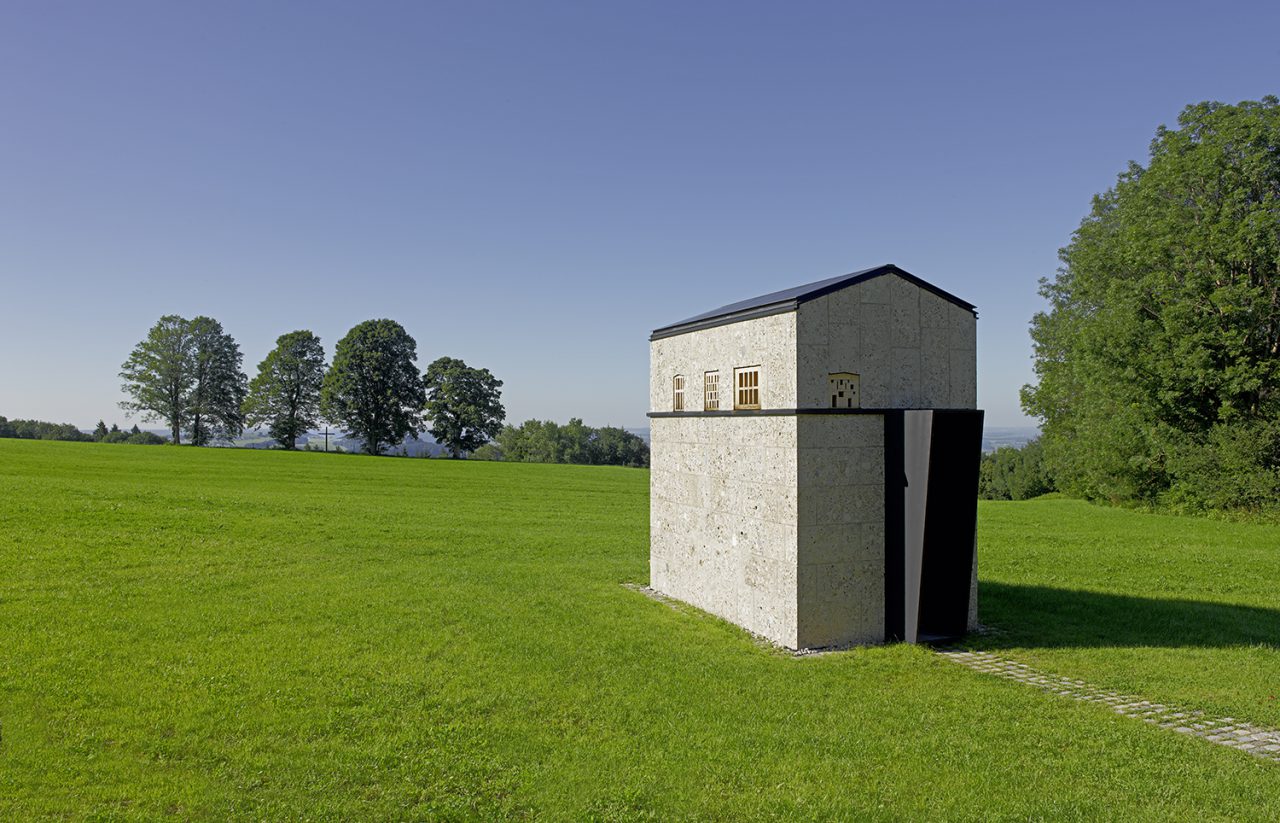
Michele De Lucchi, with Marcello Biffi, Francesco Faccin and Giuseppe Filippini, Cappella di San Giacomo, Privato, Auerberg, Fischbachau (Germany), 2010-2012 Ph. Thomas Koller
I want to show you this project of a small chapel, a Christian chapel. There is this story about the pilgrimage to Santiago de Compostela. To go there the normal way is, I would say, 500 kilometers from St. Sebastian and you walk for 20 days. There are several ways to achieve this point. This chapel is in Germany, in Bavaria, 2,500 kilometers from Santiago de Compostela and the people walking here take six months to do that.
-
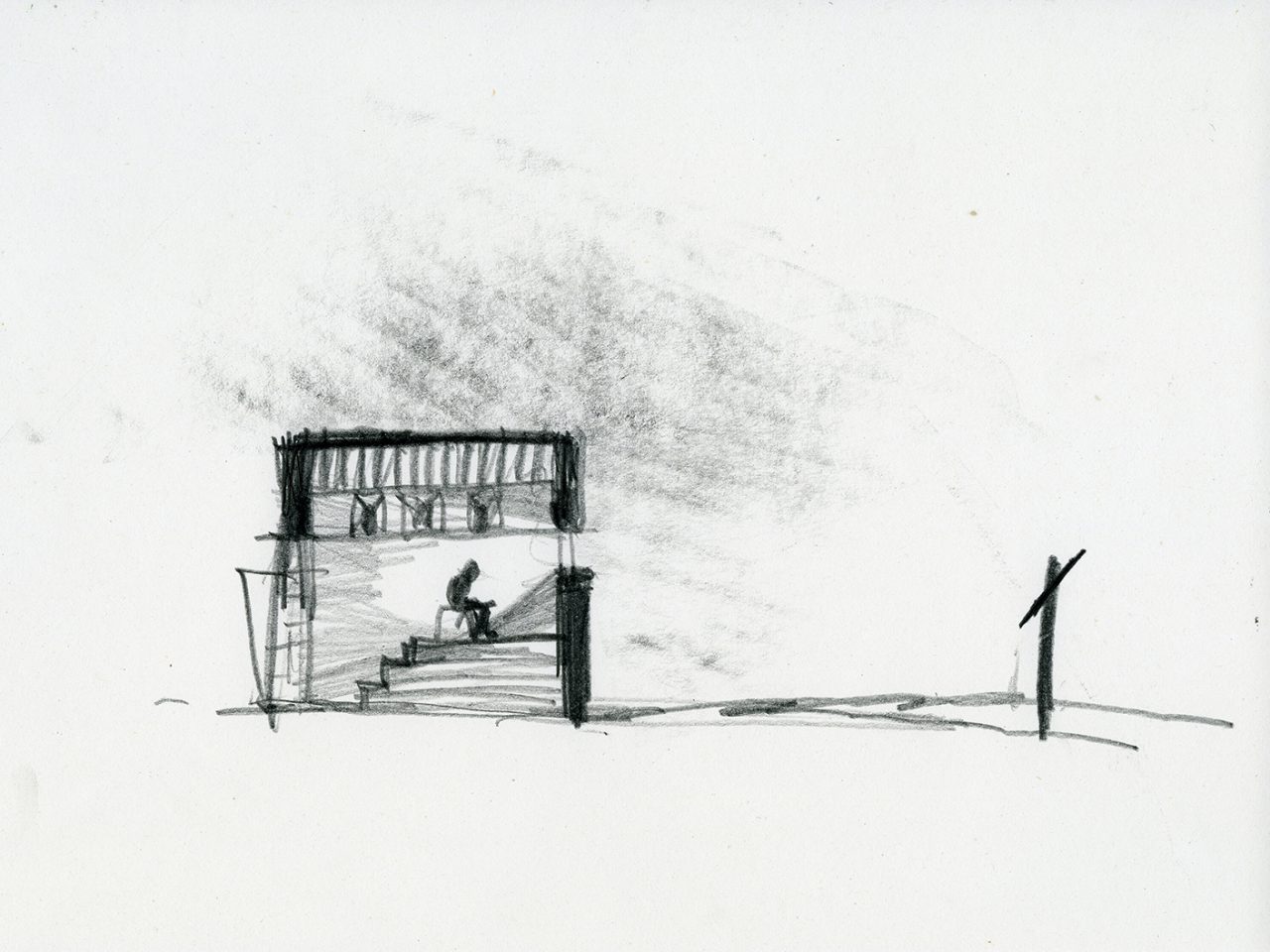
Michele De Lucchi, with Marcello Biffi, Francesco Faccin and Giuseppe Filippini, Cappella di San Giacomo, Privato, Auerberg, Fischbachau (Germany), 2010-2012 Michele De Lucchi, pencil on paper
This is a big private property and the pilgrim way passes through their property, so they wanted to have a chapel for the pilgrims, to give them a place to rest. They asked me to design this chapel. The chapel had to be very small—it had to be 3 meters by 5 meters. My idea was not to make a chapel with an altar, but instead to have the cross outside the church, and to put the cross here framed in the window.
-
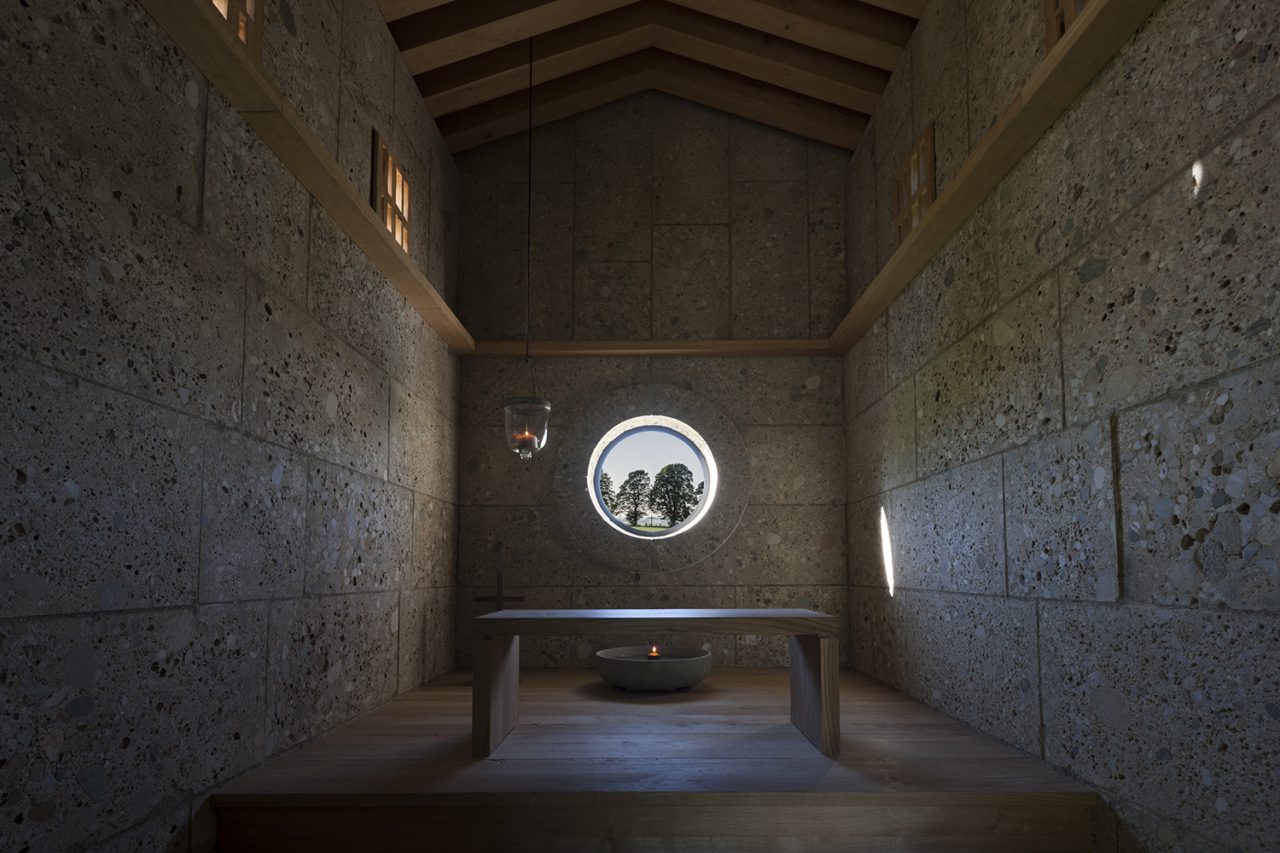
Michele De Lucchi, with Marcello Biffi, Francesco Faccin and Giuseppe Filippini, Cappella di San Giacomo, Privato, Auerberg, Fischbachau (Germany), 2010-2012 Ph. Thomas Koller
Inside the church is totally empty, just a small seat. This is a round window and you look through the grass, to the lawn. You have beautiful, wonderful nature in front of you and the symbol of strength, of Christianity. So this is just a window to sit and you see the cross. There are thousands of people a year that stop to see it. This is the project—you sit and you look out of the window. I made that small window. Each window is done in wood with my style. So this is a nice window.
3. Using Wood and Bronze for Windows
As you can see, I love wood. Wood is very good, very nice and very sustainable. I would like to tell you a story about Japan. Japan in the 17th Century was almost without trees. Today, the country has one of the biggest amount of trees per capita in the world. You know that Japan has great area of forest in comparison to the number of the people that are living there. So wood is fantastic also because the production of wood can be organized, controlled and put under protection. Wood is very good because even though it is not long lasting, it can give the feeling of something that can be replaceable. You know this because in Japan, all the traditional temples are replaced over and over. So that is a good reason to use wood and to make wooden windows.
-

Gallerie d’Italia – Piazza Scala, Milano, Palazzo Beltrami, Intesa Sanpaolo Group Services S.c.p.a., 2012 Salone Scala Ph. Mario Carrieri
Also, we did several windows in bronze. Bronze is very good especially in traditional or monumental buildings. You use bronze as a pattern. We call the black bronze “France bronze” because it is a bronze that is very common in France. It can be dark or light. Bronze has a beautiful pattern, and you feel the thickness of the material. The Museum of Intesa SanPaolo : Gallerie d’Italia, which we did several years ago, has a beautiful court that is about 300 years old. It needed to be closed off for climate reasons, so we closed it with wonderful bronze windows.
4. Opening the Window, Greeting the World
Windows are the most important element in architecture. Maybe what should be said is that windows are not only something that you open to see outside, but you can even open to look inside. We always consider windows as something that are useful to let the light enter and to see outside, but it is also very interesting to look inside. I always want to see how people see them, use their space, and what they are doing, because lifestyles are continuously changing. Because they are changing, we always try to be as contemporary as possible.
No one loves to hate somebody. We do not want to hate animals and we do not want to make war with others. We look very suspicious when somebody is aggressive because you think he is out of his mind, or out of our time. For sure, there is something wrong when somebody is aggressive—if there is something wrong, we have to analyze why there is something wrong and what we can do to make them better. This is also a part of being architect—a problem that architects understand. So the window is a very important tool to watch outside, to watch inside, and to find out how to allow people to live pleasantly and in harmony.
All around we have to look at the windows. Good morning world, good morning nature, good morning everybody—it is very important to open windows smiling. If you open windows with a dark face, the day will be very bad. I have to say, as I said before, there is always a good reason to open your window—to open the window and smiling.
-
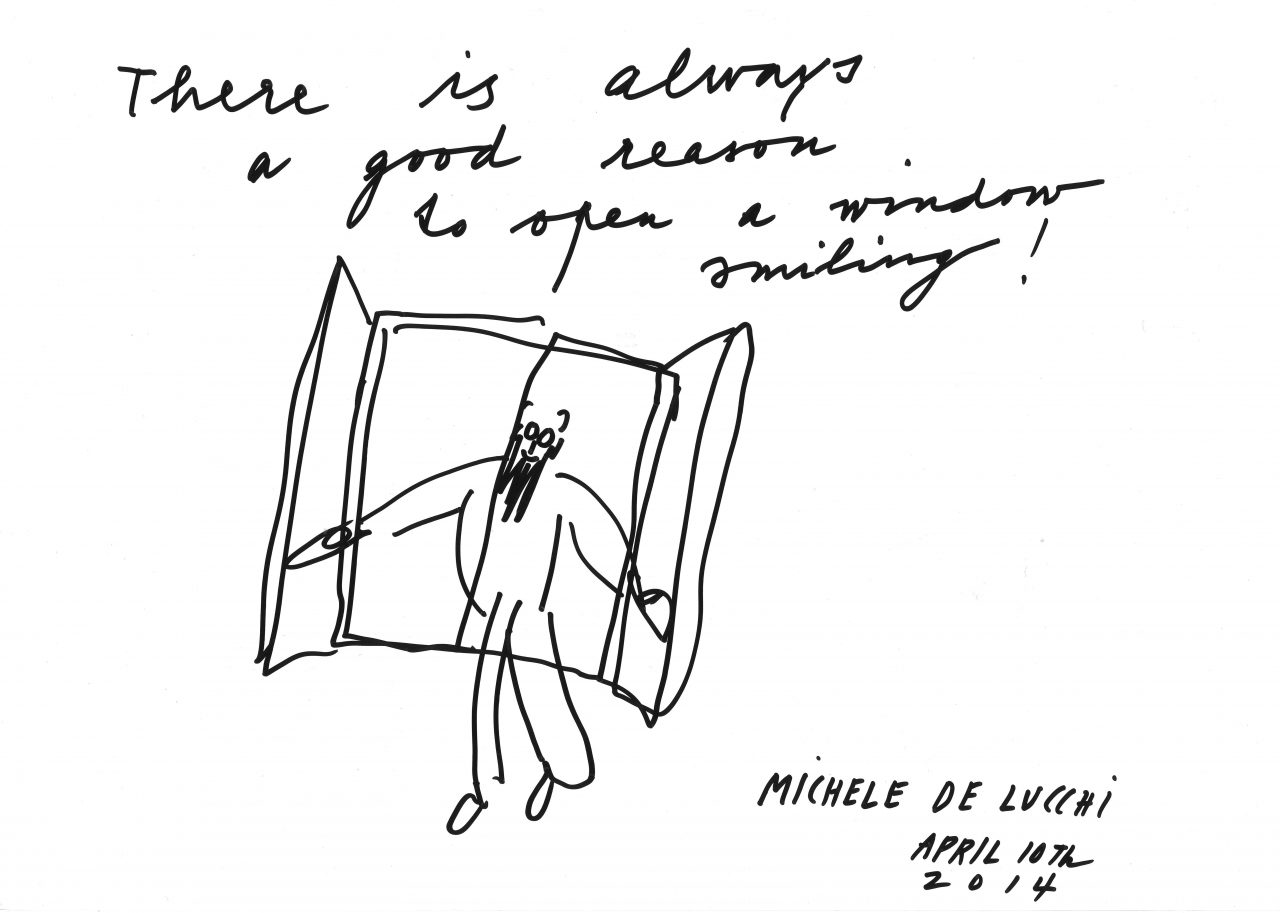
“There is always a good reason to open a window smiling!”
Michele De Lucchi
Michele De Lucchi was born in 1951 in Ferrara and graduated in architecture in Florence. During the period of radical and experimental architecture he was a prominent figure in movements like Cavart, Alchymia and Memphis. De Lucchi has designed furniture for the most known Italian and European companies. For Olivetti he has been Director of Design from 1992 to 2002 and he developed experimental projects for Compaq Computer Corporation, Philips, Siemens and Vitra. In 2003 the Centre Georges Pompidou in Paris has acquired a considerable number of his works. Selections of his products are exhibited in the most important design Museums in Europe, United States and Japan.



